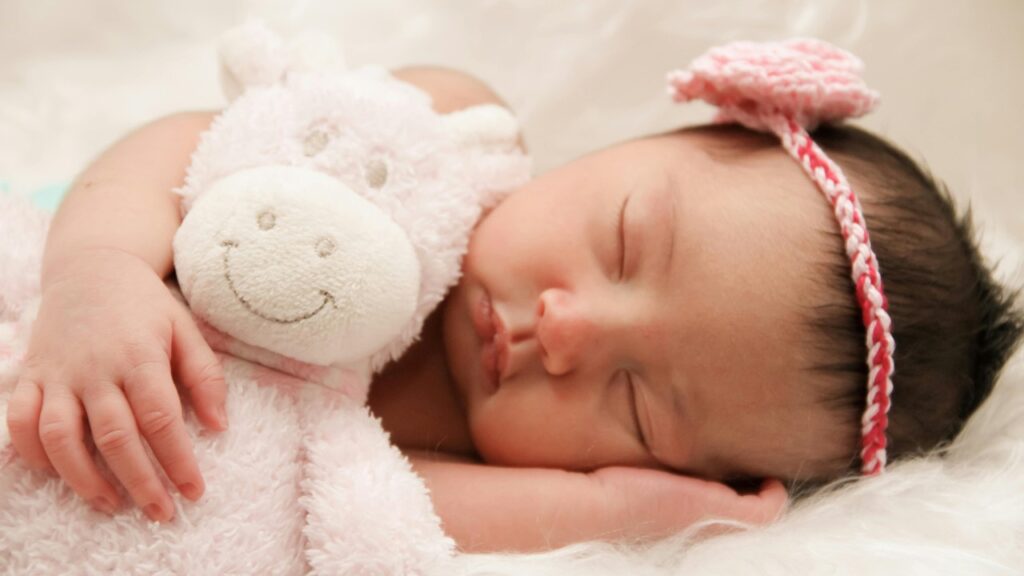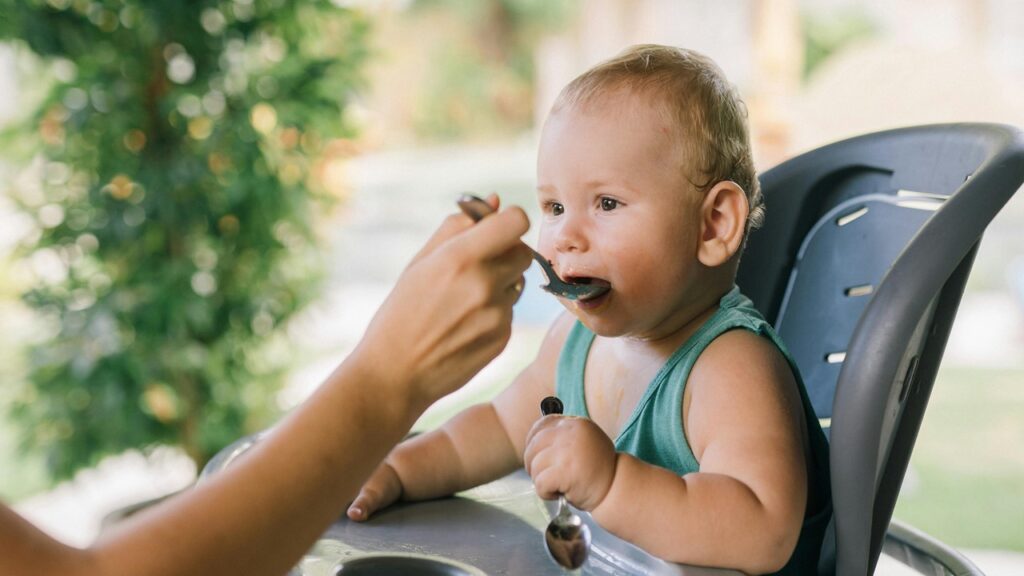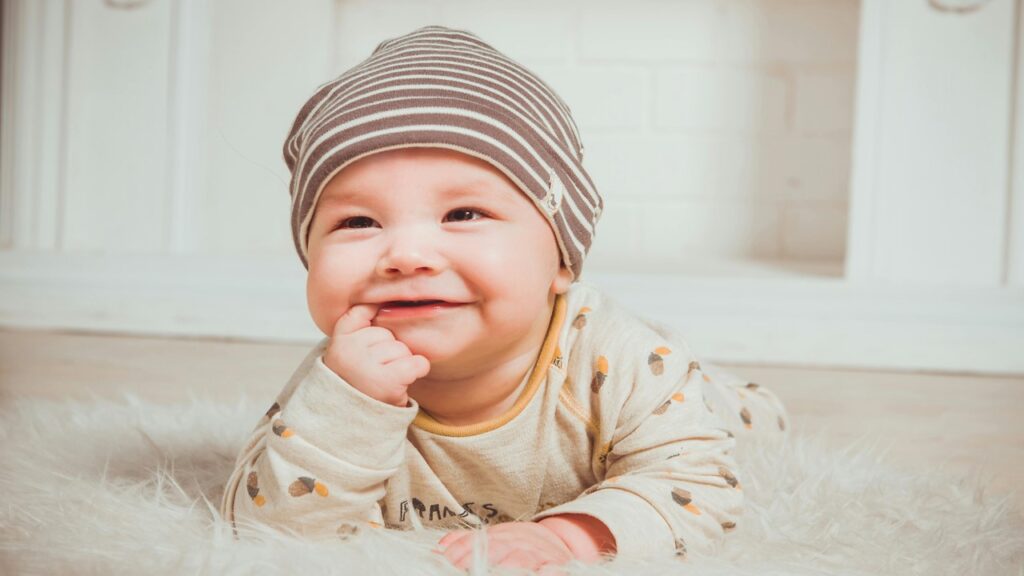
You can soundproof a baby room by using thick rugs, heavy curtains, acoustic panels, and door draft stoppers. Rugs help absorb footsteps, curtains block outside noise, and panels reduce echoes. Even sealing gaps in doors and windows makes a big difference.
If you’re tired of every little sound waking up your baby, this article will help you out. We’ll go through simple, affordable ways to make the room quieter—step by step. You’ll learn what works best, how to set it up, and tips to keep your baby’s room peaceful and cozy.
Understanding the Importance of Soundproofing
Soundproofing your baby’s room is essential for minimizing disruptions and ensuring a restful sleep environment. Reducing external noises helps prevent your baby from waking up unexpectedly, leading to longer and more consistent sleep. Creating a quiet space supports healthy sleep patterns, which are crucial for your baby’s growth and development.
Why Soundproofing Matters
Soundproofing your baby’s room is really important for several reasons. First off, it helps block out outside noises like traffic, neighbors, or household activities that might wake your baby. In fact, studies show that 60% of infants wake up at least once because of noise.. Consistent noise can lead to sleep deprivation, which affects their mood, behavior, and overall development.
Babies need about 14-17 hours of sleep each day for optimal health. Soundproofing also helps reduce stress for parents since you won’t have to worry as much about waking the baby with everyday household noises. A calm and quiet environment can boost your baby’s cognitive and sensory development, as stable surroundings are great for brain growth. Plus, a soundproofed room can make your home more comfortable and even increase its value.
The Impact of Noise on Babies
Babies are particularly sensitive to noise because their hearing is still developing. Loud or sudden noises can startle them, causing them to wake up crying. Consistent noise can also make it difficult for babies to fall asleep and stay asleep, leading to sleep deprivation. This can affect their mood, behavior, and overall development. By reducing noise, you can help your baby enjoy longer and more restful sleep.
Assessing the Current Noise Level
To create an optimal sleep environment, start by assessing the current noise levels in your baby’s room during different times of the day. Identify common sources of disturbances, such as traffic, household activities, or noisy appliances. Understanding these noise patterns will help you determine the best soundproofing solutions to implement for a quieter, more peaceful space.
Identifying Noise Sources
The first step in soundproofing your baby’s room is to identify the sources of noise. Common sources include:
- Outdoor noise: Traffic, construction, and neighborhood activities.
- Indoor noise: Conversations, TV, music, and household appliances.
- Structural noise: Sounds traveling through walls, floors, and ceilings.
Take a few moments to sit in the room at different times of the day and night to pinpoint where the noise is coming from. This will help you determine which soundproofing methods to use.
Measuring Noise Levels
To accurately assess the noise level in your baby’s room, you can use a sound level meter or a smartphone app. These tools measure decibels (dB), giving you a clear idea of how loud the environment is. Ideally, your baby’s room should be below 50 dB for a calm and peaceful sleep environment.
Soundproofing Techniques for Baby Rooms
Implementing soundproofing techniques in your baby’s room can greatly enhance sleep quality. Consider adding heavy curtains, rugs, and acoustic panels to absorb and block external noises. Sealing gaps around windows and doors and using a white noise machine can also help create a quieter, more restful sleep environment for your baby.
1. Soundproof Curtains and Blinds
Curtains and blinds are an easy and effective way to reduce noise. Look for heavy, thick, or specially designed soundproof curtains that can block sound waves.
- Installation Tips: Hang the curtains close to the wall and let them extend from ceiling to floor, covering the entire window. For blinds, choose those made of dense materials.
- Double Layering: For extra sound insulation, consider layering curtains over blinds.
2. Acoustic Panels
Acoustic panels are designed to absorb sound and reduce echo. They are easy to install and can be a stylish addition to the room.
- Placement: Install them on the walls, especially those facing noisy areas.
- Design: Choose panels that match the room’s decor. They come in various colors and patterns.
3. Soundproofing Doors
Doors can be a significant source of noise leakage. Solid core doors are more effective at blocking sound than hollow core doors.
- Door Sweeps and Seals: Add door sweeps to the bottom of the door and weather stripping around the frame to seal gaps.
- Heavy Curtains: Hang a thick curtain over the door for additional soundproofing.
4. Carpets and Rugs
Carpets and rugs help absorb sound, reducing noise levels within the room.
- Thick Carpets: Choose plush, high-pile carpets that cover the entire floor.
- Area Rugs: If wall-to-wall carpeting is not an option, layer area rugs to increase sound absorption.
5. Soundproofing Walls
Walls can be soundproofed using various methods.
- Insulation: Adding insulation within the walls can significantly reduce noise transfer.
- Mass Loaded Vinyl (MLV): This dense material can be applied to walls to block sound.
- Double Drywall: Adding an extra layer of drywall with a soundproofing compound in between can enhance noise reduction.
6. White Noise Machines
White noise machines create a consistent sound that can mask disruptive noises, helping your baby sleep better.
- Types: There are various white noise machines available, including those with lullabies and nature sounds.
- Placement: Place the machine near the crib but ensure it’s at a safe distance to avoid any hazards.
7. Soundproofing Windows
Windows are often a major source of noise infiltration.
- Double Glazing: If possible, install double-glazed windows for better sound insulation.
- Window Inserts: These can be added to existing windows to improve their soundproofing capabilities.
Additional Tips for a Peaceful Baby Room
Creating a peaceful baby room involves more than just soundproofing; consider using soft, dim lighting to promote a calming atmosphere. Keep the room at a comfortable temperature and free from clutter to make it a soothing space.
DIY Soundproofing Solutions
DIY soundproofing solutions can effectively reduce noise in your baby’s room without breaking the bank..
Homemade Window Inserts
Create window inserts using foam board or thick, dense fabric. Cut them to fit snugly within the window frame to block noise.
DIY Acoustic Panels
Make your own acoustic panels using wooden frames, thick fabric, and sound-absorbing materials like foam or insulation.
Repurposing Household Items
Use heavy blankets or quilts to cover windows and doors temporarily. These can be effective in reducing noise without permanent changes.
Professional Soundproofing Options
For more comprehensive noise reduction, consider professional soundproofing options like installing double-glazed windows and specialized acoustic panels. These solutions provide superior sound insulation, ensuring a quieter and more peaceful sleep environment for your baby.
Hiring a Contractor
If you’re looking for more permanent and effective solutions, consider hiring a professional contractor. They can assess your home and recommend the best soundproofing methods.
Specialized Soundproofing Companies
Some companies specialize in soundproofing services. They offer a range of products and services tailored to reduce noise effectively.
Professional Acoustic Consultation
An acoustic consultant can provide a detailed analysis of your baby’s room and suggest specific products and strategies for soundproofing.
Maintaining a Soundproofed Room
Regularly check for and repair any gaps or cracks in windows, doors, and walls to maintain the soundproofing effectiveness. Keeping soft furnishings clean and well-maintained also helps preserve their noise-absorbing qualities, ensuring your baby’s room remains a quiet haven.
Regular Inspections
Regularly inspect the room for any new gaps or cracks that might allow noise to enter. Address these issues promptly to maintain the soundproofing.
Updating Materials
Over time, soundproofing materials may wear out or become less effective. Periodically update or replace materials like weather stripping, curtains, and door sweeps to ensure continued noise reduction.
Cleaning and Maintenance
Keep the room clean and free of clutter. Dust and dirt can accumulate on soundproofing materials, reducing their effectiveness. Regular cleaning can help maintain their performance.
Wrapping Up!
Soundproofing your baby’s room is a worthwhile investment that can significantly improve your baby’s sleep quality and overall well-being. By understanding the importance of soundproofing, assessing the current noise levels, and applying a range of techniques, you can create a peaceful and serene environment for your little one. Whether you choose simple DIY methods or opt for professional solutions, the goal is to ensure your baby enjoys a restful and undisturbed sleep.
FAQs
Why is soundproofing my baby’s room important?
Soundproofing your baby’s room helps create a peaceful sleeping environment by blocking out disruptive noises. This leads to better sleep quality, which is crucial for your baby’s growth and development.
What are the easiest ways to soundproof a baby’s room?
Some of the easiest ways to soundproof a baby’s room include using heavy curtains, installing door sweeps and seals, adding carpets or rugs, and using white noise machines.
Can I soundproof a room without professional help?
Yes, you can soundproof a room without professional help using DIY solutions like homemade window inserts, DIY acoustic panels, and repurposing household items like heavy blankets.
What materials are best for soundproofing?
Effective soundproofing materials include heavy curtains, acoustic panels, thick carpets or rugs, mass-loaded vinyl, and double-glazed windows.
How much does it cost to soundproof a baby’s room?
The cost of soundproofing a baby’s room can vary widely depending on the methods and materials used. DIY solutions can be quite affordable, while professional soundproofing services can be more expensive.
Do white noise machines help with soundproofing?
White noise machines don’t soundproof a room but can mask disruptive noises, creating a more consistent and soothing sound environment for your baby.
Hi, I’m the voice behind BabyNush — a lover of all things baby, with years of hands-on experience caring for kids and little ones in my life. Growing up around babies taught me the ins and outs of childcare, and now I’m here to share practical tips, how-to guides, and reviews to help make your parenting journey smoother.










